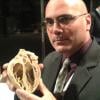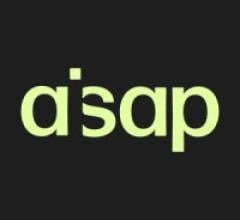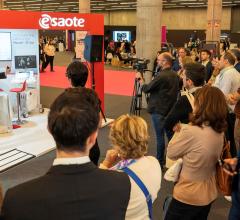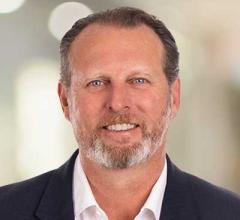Here are a few observations on cardiovascular ultrasound advances I made while attending the 2015 American Society of Echocardiography (ASE) annual meeting in June:
1. Use of ultrasound as a new revascularization therapy, not just imaging.
2. Advancement of automation/artificial intelligence on new systems.
3. The continued rise of interventional echocardiography.
4. New methods to diagnose disease using novel types of image analysis.
For an overview of new technology on the expo floor, watch the video "Editor's Choice of Most Innovative Cardiovascular Ultrasound Technologies at ASE 2015."
The concept of using ultrasound lipid bubble contrast agents to help revascularize patients has been discussed in concept for the past several years at both ASE and the International Contrast Ultrasound Society "Bubble Conference." This year at ASE, it was one of the top news items, with the presentation of a study of how ultrasound with echo contrast can be used to help treat blood clots and restore some blood flow, including STEMI heart attack patients prior to and after percutaneous coronary intervention (PCI). The concept also applies to deep vein thrombosis, pulmonary embolism and ischemic stroke.
The bubbles are allowed to accumulate on a clot and then ultrasound pulses are used to break the bubbles. The cavitation of the bursting bubbles breaks up the clots on a microscopic level and creates micro-channels for blood flow. This action might be further enhanced with contrast bubbles containing thrombolytic agents, allowing for targeted drug delivery. Additional presentations explained how contrast bubbles might be engineered for targeted gene, stem cell or drug delivery to other areas of the body. One method is to coat the bubbles with agents that will bind to specific types of tissue being targeted. Another method is to just pulse ultrasound into the anatomy where you want to deliver drugs, genes or stem cells. The bubble cavitation causes tiny ruptures in capillaries, enabling delivery of agents through vessel walls. Watch a video interview how ultrasound can deliver therapy.
A large number of ASE sessions and the front-and-center technologies in the GE, Philips and Siemens expo booths were aimed at the new subspecialty of interventional echo. Transesophageal echo (TEE) has enabled the visualization of many new interventional structural heart procedures, including transcatheter aortic valve replacement (TAVR), MitraClip, left atrial appendage (LAA) occlusion and septal defect closures. It also will play a large role in new transcatheter mitral valve replacement and repair technologies in development. The emphasis at ASE was on the key role the echocardiographer plays in the heart team approach used in these procedures. Watch video overview of TEE use in the cath lab. Watch video on the state of interventional echo with Rebecca Hahn, M.D.
As computing and transducer power continues to increase, enabling the gathering and processing of more data, it allows new ways to image the heart. Hitachi-Aloka demonstrated software that looks at the fluid dynamics of flood inside the heart called vector imaging. It is believed that examination of changes in the way blood flows through valves and the chambers may help in earlier diagnosis of some conditions prior to clinical presentation. Vendors and researchers also showed new software to analyze changes in wall motion, ventricular shape and tissue elasticity that might be used as new measures to diagnose certain cardiac conditions. Watch video on new types of echo image software analysis.
As computing and transducer power continues to increase, enabling the gathering and processing of more data, it allows new ways to image the heart. Hitachi-Aloka demonstrated software that looks at the fluid dynamics of blood inside the heart called vector imaging. It is believed that examination of changes in the way blood flows through valves and the chambers may help in earlier diagnosis of some conditions prior to clinical presentation. Vendors and researchers also showed new software to analyze changes in wall motion, ventricular shape and tissue elasticity that might be used as new measures to diagnose certain cardiac conditions. Watch video on new types of echo image software analysis.
To learn about other advances in echocardiography, watch the video "New Cardiovascular Ultrasound Technologies - ASE 2015."



 August 27, 2024
August 27, 2024 








